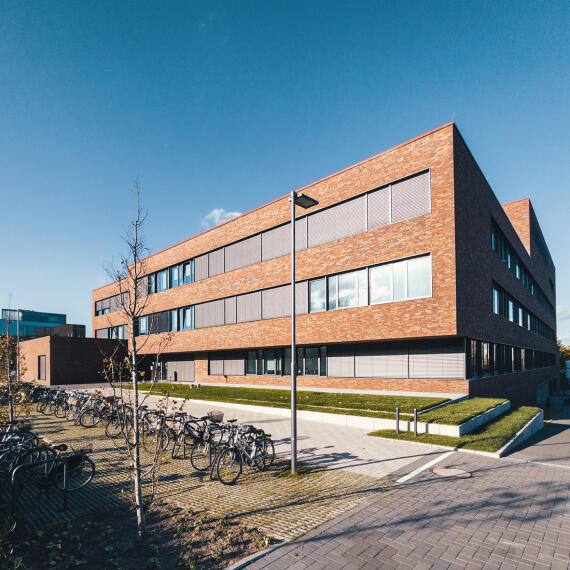
About us
In the Cells in Motion (CiM) Interfaculty Centre, researchers from the fields of medicine, biology, chemistry, pharmacy, mathematics, computer science and physics join forces to work on a big topic together: They investigate how cells behave in organisms. To this end, they employ and develop innovative imaging methods. As a central, cross-faculty research institution at our University, our network brings together and supports researchers in this field, thus being the centrepiece of the University of Münster’s research focus in “cell dynamics, inflammation and imaging”.


